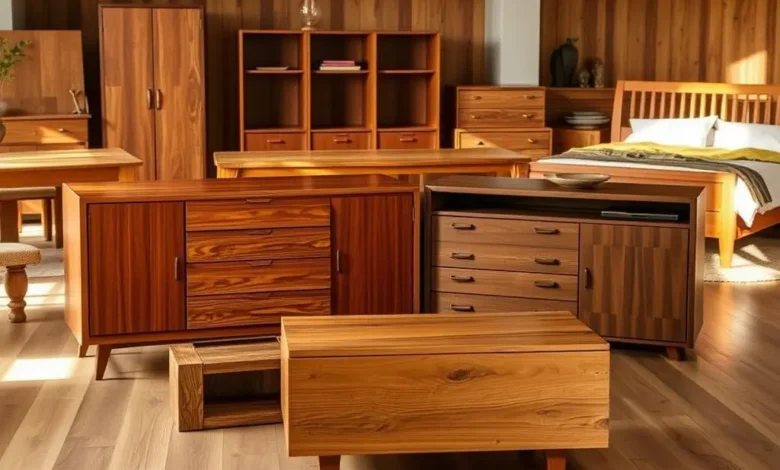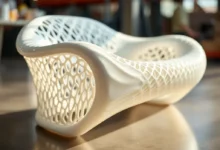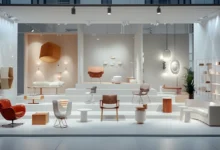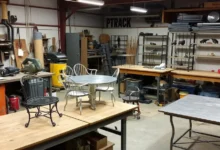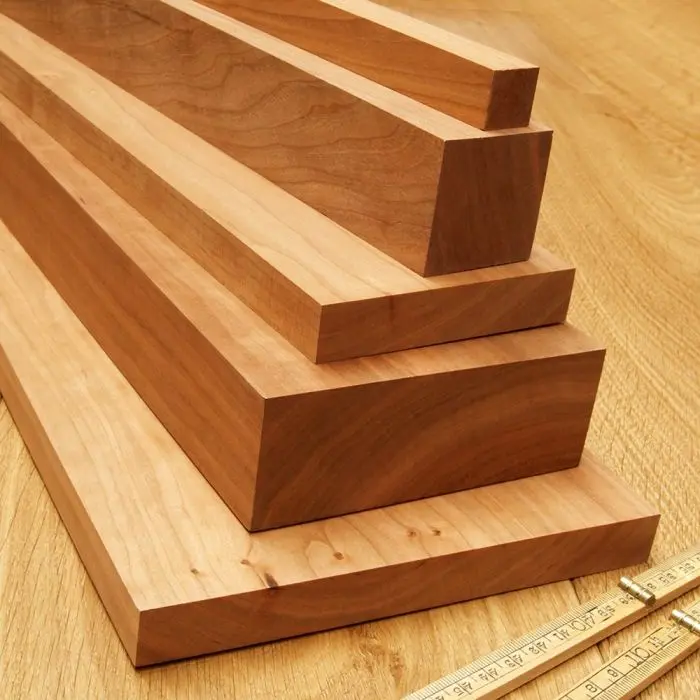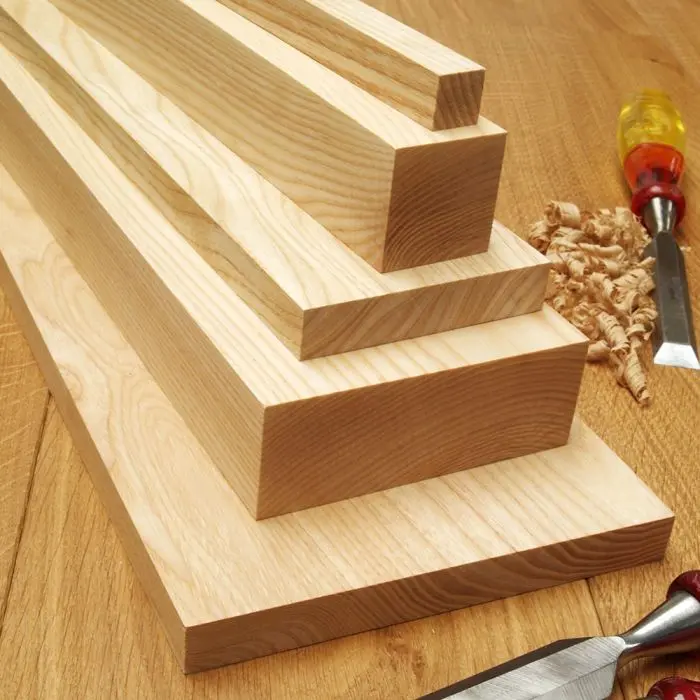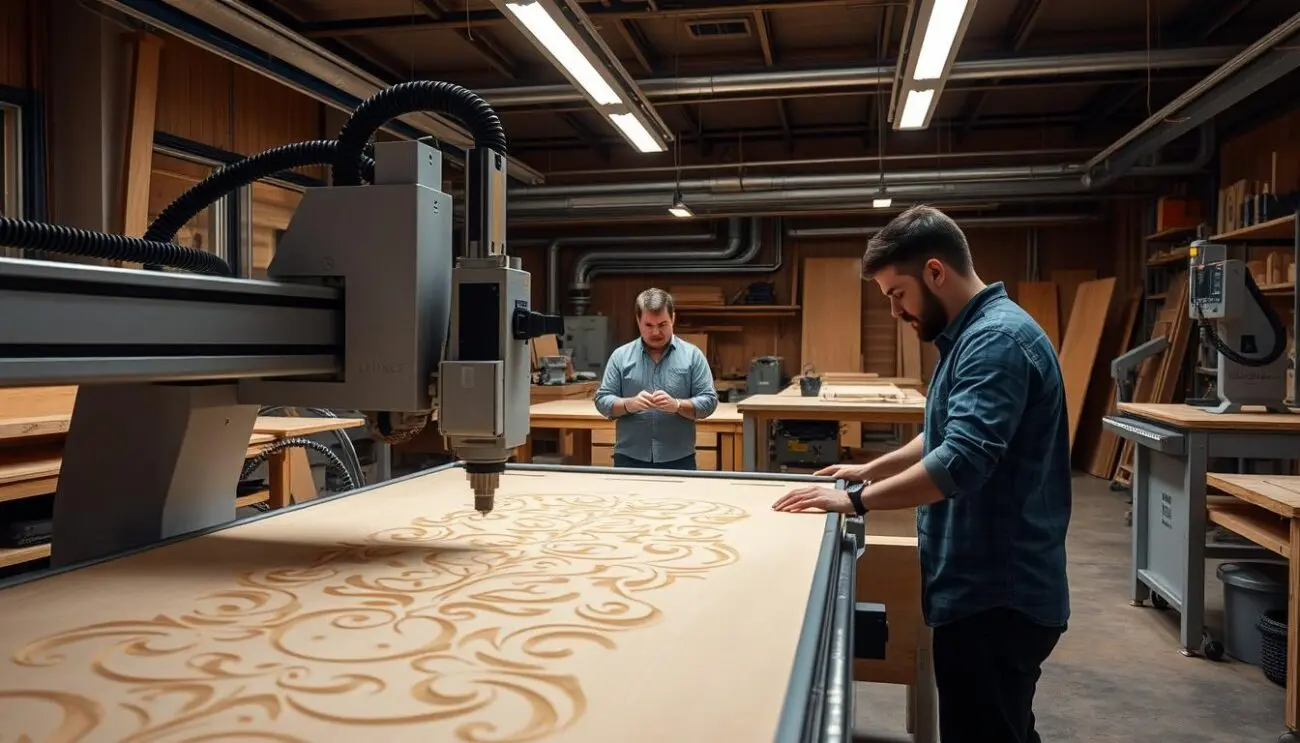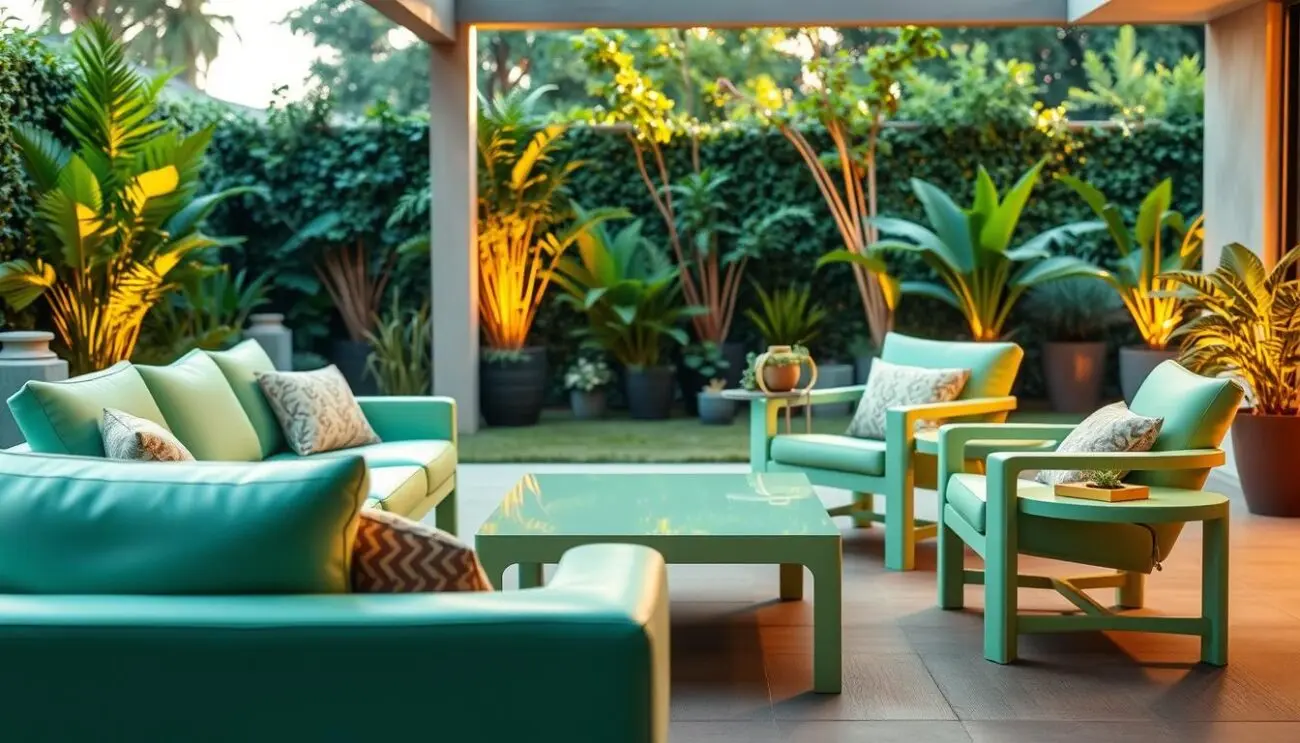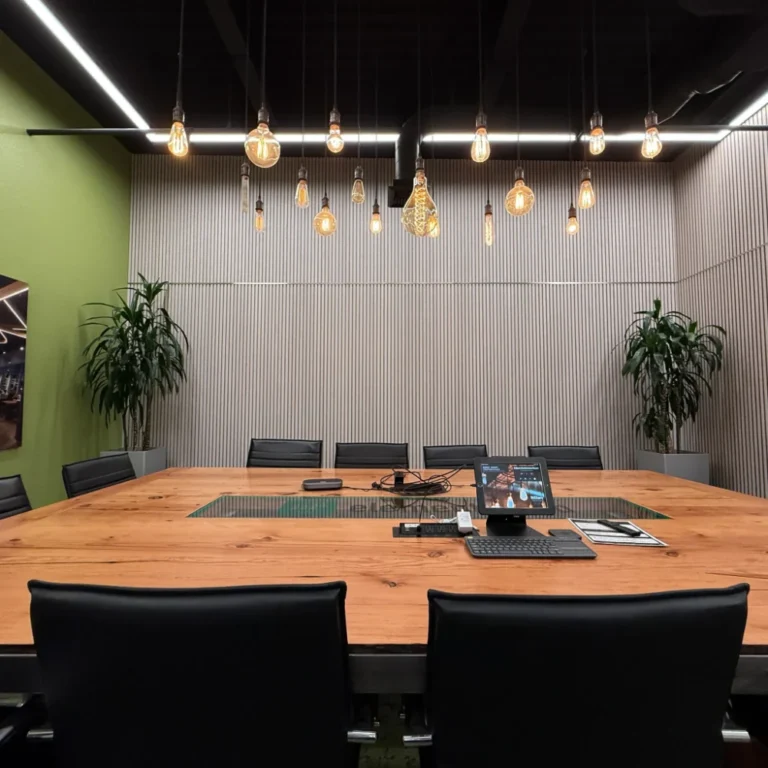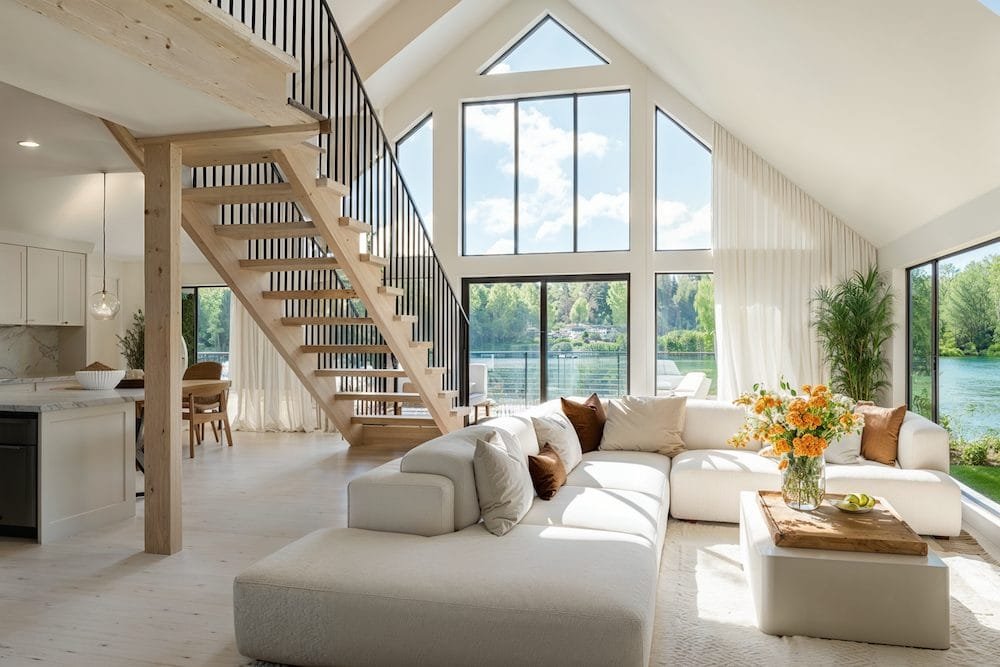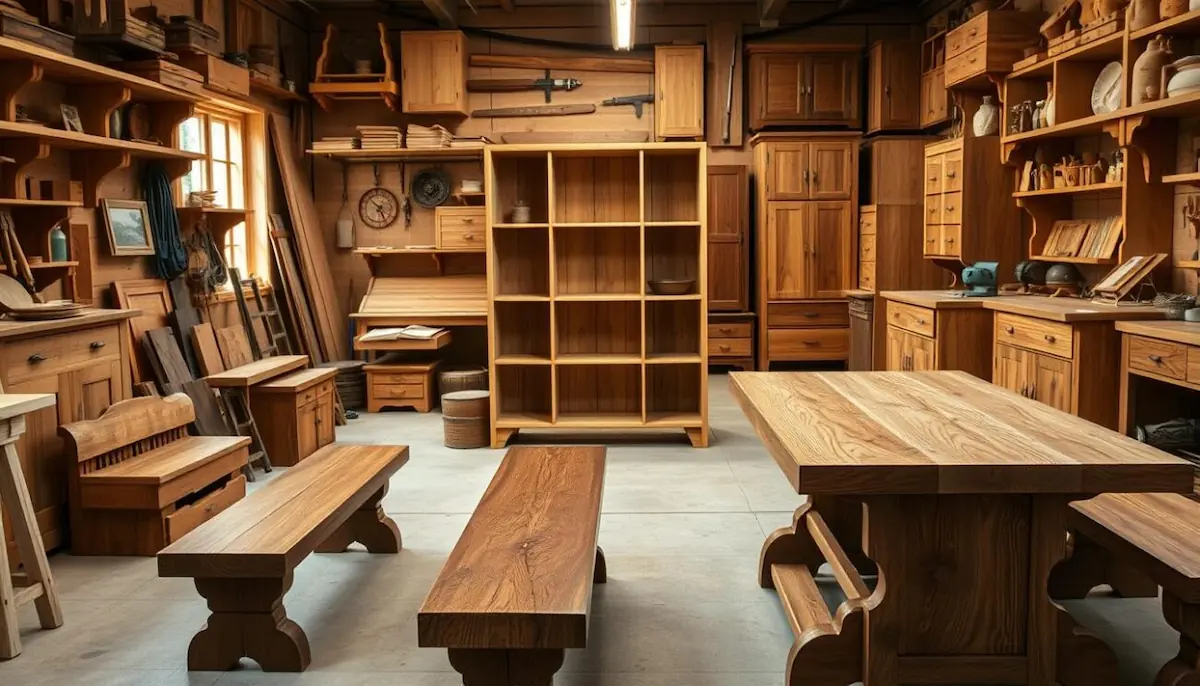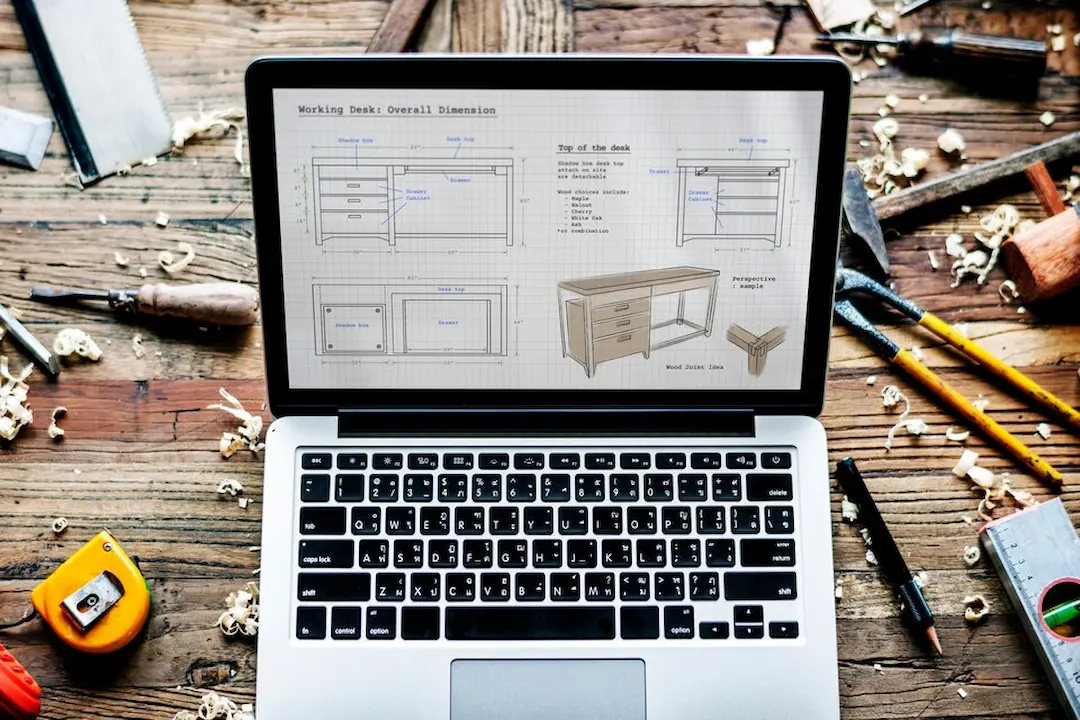Types of wood used in furniture making and their advantages
Did you know there are over 100,000 types of wood worldwide? Yet, only a few are key in furniture making. Choosing the right wood balances looks, durability, and cost. Like oak or teak, each wood has its own story of lasting beauty and strength.
Furniture makers use three main types of wood: hardwoods, softwoods, and engineered wood. Hardwoods like oak and maple are strong, while softwoods like pine are more affordable. Engineered woods, like plywood, offer durability and cost savings. Knowing the names of these woods, like mahogany or birch, helps match them to your needs.
Hardwoods, like oak, are best for busy areas because they’re dense. Pine is great for saving money. Today, more people choose sustainable wood, with 15% of the global wood trade now FSC-certified. This article helps you understand how wood choice affects beauty and furniture function.
Key Takeaways
- Over 100,000 wood types exist, but only a few lead in furniture due to cost, durability, and availability.
- Hardwoods like oak and maple outlast softwoods like pine, but cost differences can reach 50-70%.
- Engineered woods such as plywood offer warp resistance and cost savings compared to solid wood.
- Sustainability matters: FSC-certified wood now makes up 15% of global trade, reflecting growing eco-conscious trends.
- Teak and mahogany stand out for outdoor use, with teak lasting 25+ years outdoors versus 5-10 years for untreated wood.
Understanding Hardwoods vs Softwoods in Furniture Construction
Choosing between hardwoods and softwoods starts with understanding their origins, not just their hardness. These classifications depend on tree biology, shaping how each performs in furniture. Both categories offer distinct benefits, making them essential types of wood for building projects of all sizes.
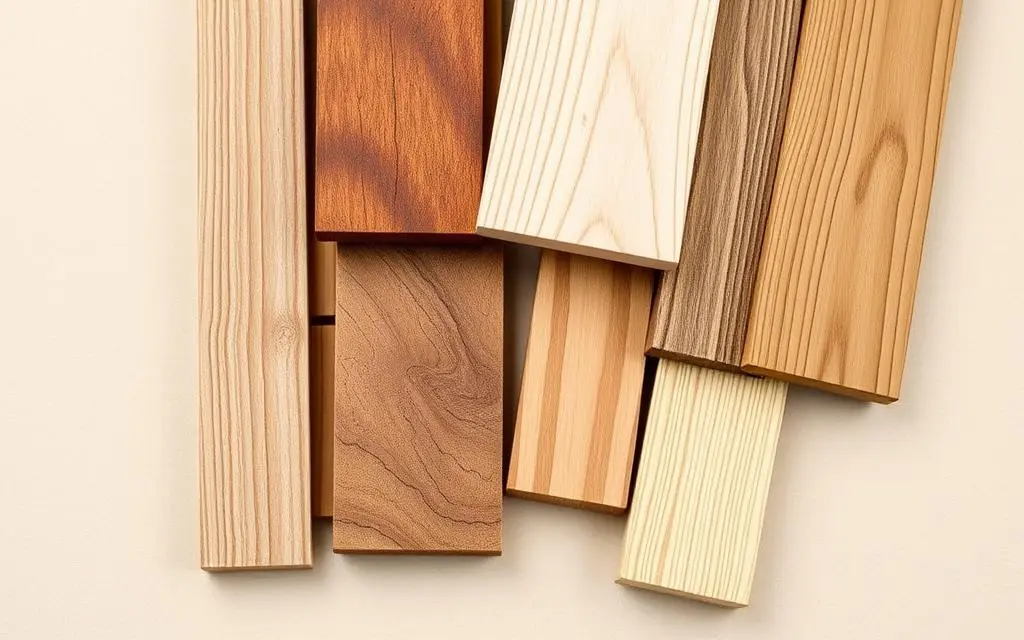
Defining Hardwood and Softwood: Beyond the Name
Hardwoods come from deciduous trees like oak and maple, which shed leaves annually. Their seeds are encased in fruit or nuts. Softwoods like pine and cedar are conifers with needle leaves and cone-based seeds. This biological distinction drives their physical traits.
Key Structural Differences and Growth Patterns
- Hardwoods have porous cell structures and varied grain patterns.
- Softwoods feature straight, non-porous lines from needle-bearing trees.
- Hardwoods grow slower, forming dense grains; softwoods expand faster with lighter, open grains.
Density, Durability, and Price Considerations
Hardwoods like teak or walnut offer exceptional longevity but command higher prices. Softwoods such as pine or spruce provide cost-effective options ideal for large-scale projects. Key contrasts include:
- Density: Hardwoods = 600–1,200 lbf Janka rating vs. softwoods’ 350–500 lbf
- Cost: Pine averages $2-$5/ft² vs. oak’s $5-$10/ft²
- Applications: Hardwoods for cabinetry, softwoods for framing
Environmental Impact and Sustainability Factors
Softwoods dominate eco-conscious projects due to rapid regrowth cycles. Look for FSC-certified options like these what are 10 softwoods? popular in sustainable furniture:
- Pine: Lightweight, affordable, rustic appeal
- Cedar: Natural insect resistance
- Fir: Stable construction material
- Spruce: Lightweight with straight grains
- Redwood: Rot-resistant outdoor use
- Yew: Dense softwood for decorative accents
- Hemlock: Cost-effective structural material
- Cypress: Moisture-resistant exteriors
- Larch: Blends hardwood-like density with softwood workability
- Douglas Fir: Strong yet affordable framing choice
Sustainable forestry practices ensure these types of wood for building remain viable for generations. Balancing performance and ethics starts with knowing these foundational distinctions.
Popular Types of Wood for High-Quality Furniture
When picking wood for furniture, know what is the top 10 hardwood? helps. It guides choices based on looks, durability, and price. Among the 53 types of wood, these leading hardwoods are top choices for high-end furniture:
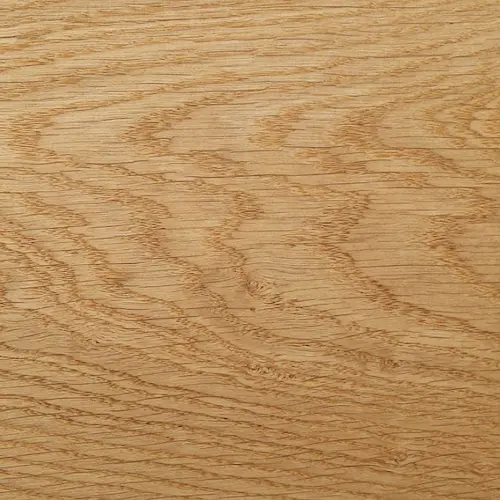
Oak
With 90 North American species, oak is great for dining tables and cabinets. Its classic look is timeless.
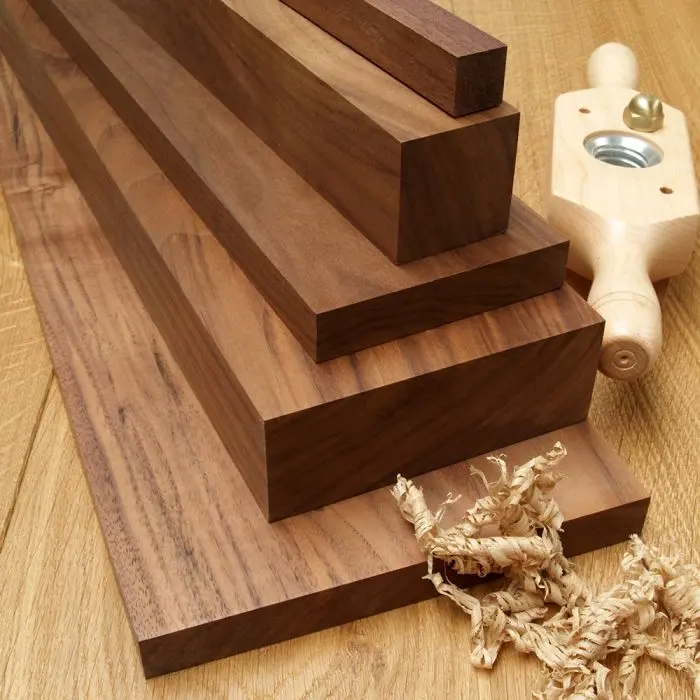
Walnut
Its dark, rich tones and fine grain make walnuts expensive. It’s perfect for luxury desks and wardrobes.
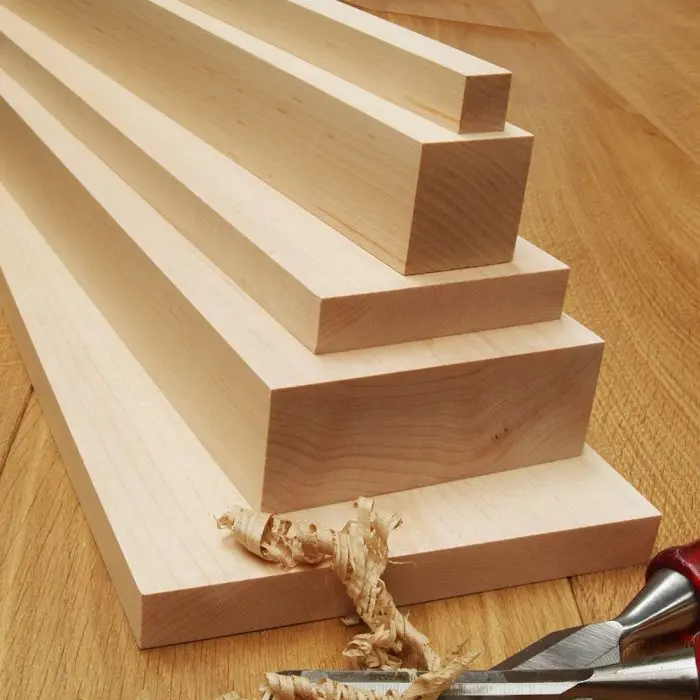
Maple
Maple is scratch-resistant and affordable. It’s a top choice for kitchen cabinets and flooring.
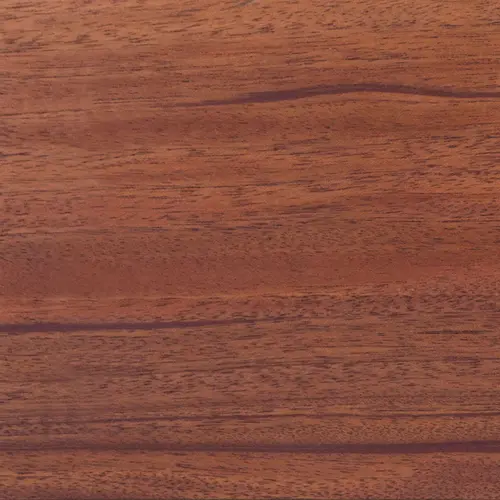
Mahogany
Despite being threatened, sustainable mahogany is still prized. It’s known for its rich color and workability.
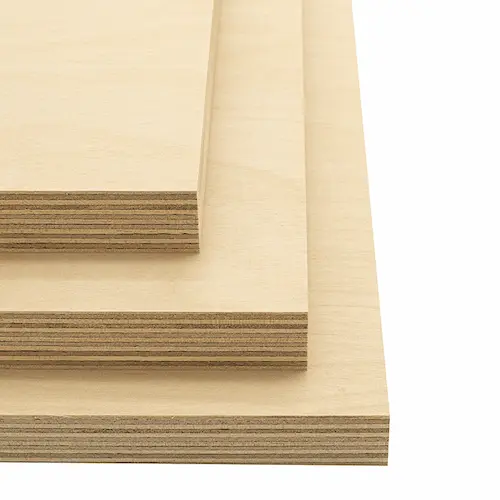
Birch
Birch plywood is cost-effective and stable. It’s used in modern shelving and entertainment centers.
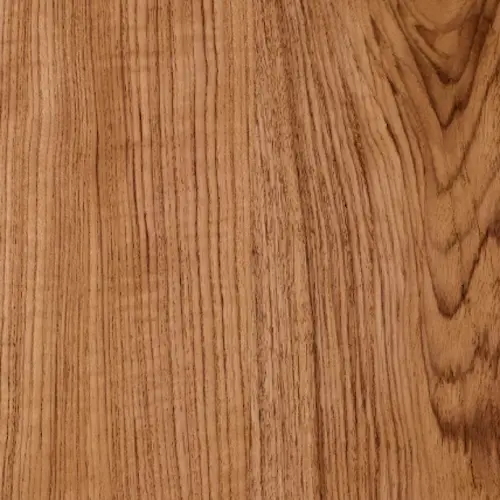
Teak
Teak’s natural oils resist rot and moisture. It’s perfect for outdoor patio sets and boat furniture.
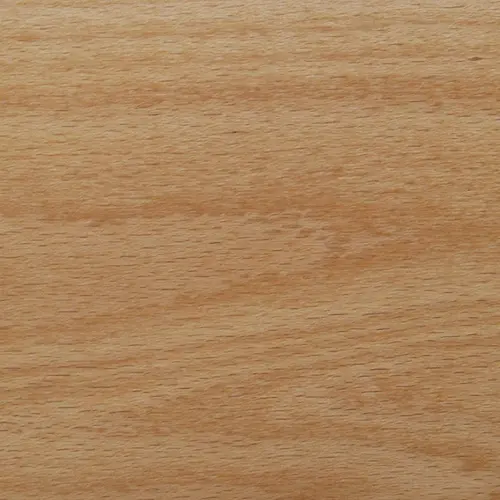
Beech
Beech is dense and smooth. It’s used for high-end flooring and furniture needing precise shaping.
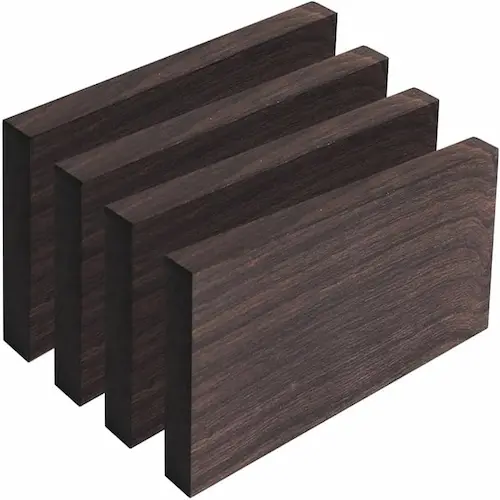
Ebony
Ebony is rare and dense. Its jet-black color is used for accents in luxury furniture.
“Sustainability matters: Look for FSC-certified woods like bamboo or reclaimed oak to balance beauty and responsibility.”
While these top 10 are popular, the 53 types of wood offer more options. Pine and cedar are budget-friendly, while tropical species like acacia add exotic flair. Engineered woods like MDF or solid hardwood depend on budget and desired longevity. Whether it’s teak for a patio set or walnut for a dining table, knowing these varieties helps buyers find the right wood for their furniture needs.
Essential Wood Characteristics for Furniture Applications
Choosing the right wood is key. It affects both how long it lasts and how it looks. Grain, moisture tolerance, and aging behavior are important. They help decide which wood is best for different furniture types.
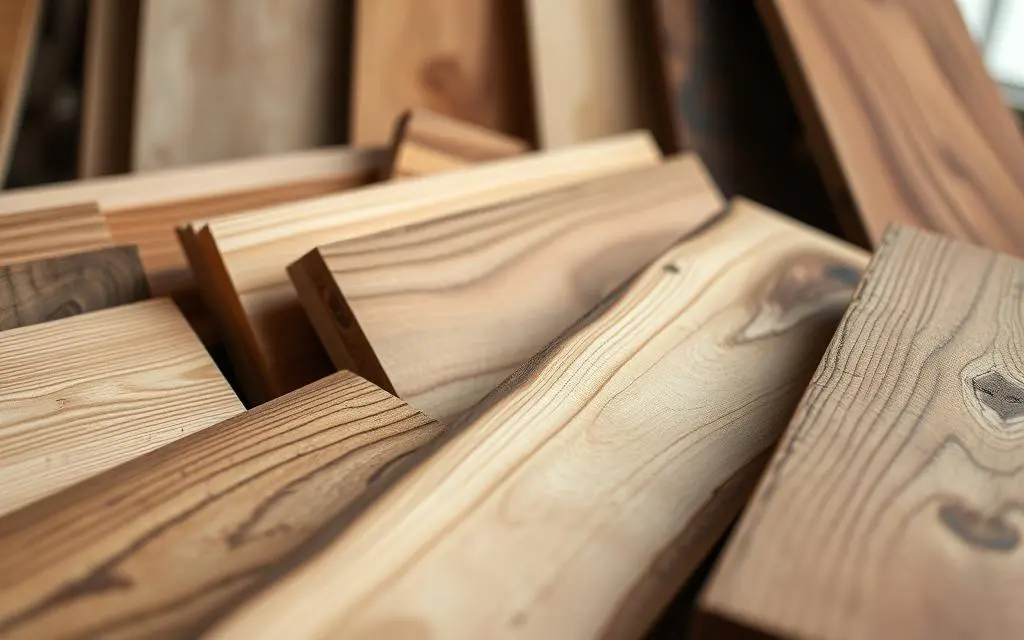
Grain Patterns and Visual Appeal
Grain patterns add beauty and strength. Straight grains, like in maple, make wood stable. Curly or bird’s eye patterns, found in walnut, add elegance.
Hard maple is great for slender chair legs. Red oak needs filling for a smooth finish because of its open pores.
Moisture Content and Dimensional Stability
Changes in moisture can cause wood to warp or crack. Kiln-dried wood is less likely to shrink. White oak is better at resisting moisture than red oak, making it good for humid places.
- Cherry: Stable after proper drying
- Teak: Naturally resistant to moisture
Workability: Cutting, Joining and Finishing Properties
How easy wood is to work with varies. Red oak is easy to cut, but hickory needs sharper tools. Here’s a comparison of common species:
| Wood | Workability | Best Use |
|---|---|---|
| Red Oak | Easy | Beginner projects |
| Hard Maple | Moderate | Detail work |
| Walnut | Moderate | High-end finishes |
Weight and Structural Strength
Weight and density are important for furniture that lasts. Hickory is heavy and good for busy areas. Hard maple resists dents well. Lighter woods like poplar are strong but lighter.
Color Changes and Aging Characteristics
How wood changes color over time adds to its charm. Cherry gets darker, while teak turns silver-gray. Here’s how popular species age:
- Cherry: Develops rich patina over decades
- Walnut: Retains deep tones with UV protection
- White Oak: Turns silvery when exposed to sunlight
These traits help choose wood for inside or outside use. They make sure the wood looks good and works well.
Finishing and Maintaining Different Wood Furniture
Proper finishing and maintenance extend the lifespan of wood furniture. The types of wood for furniture with pictures guide choices for finishes, as different woods respond uniquely. For instance, teak’s natural oils require minimal treatment, while pine needs sealing to prevent stains.
In the UK, what kind of wood is used in the UK? includes oak, pine, and walnut. Oak’s dense grain resists scratches, making it ideal for farmhouse pieces. Pine remains popular for its affordability but requires regular sealing. Walnut’s rich hue deepens over time, needing occasional polishing with wax.
- Oil-based finishes (linseed, tung oil) add warmth but offer low moisture resistance.
- Lacquer dries fast, providing a glossy coat but needs equipment.
- Water-based finishes dry quickly but may lack durability compared to oil-based options.
- Shellac works well for antique restoration, though it’s less moisture-resistant.
Maintenance tips: Keep humidity at 35-45% to prevent warping. Use mild soap and avoid abrasive cleaners. Coasters and trivets reduce water marks. Regular waxing or polishing boosts longevity by 25%. Address scratches early—85% of minor scuffs vanish with a walnut shell. Professional restoration is advised for antique pieces with deep damage.
Proper care ensures wood furniture lasts decades. Follow these steps to protect investments and preserve heirlooms, ensuring pieces endure for generations.
Conclusion: Selecting the Right Wood for Your Furniture Needs
Choosing the right wood for furniture involves looking at function, beauty, and how green it is. There are many types of wood for furniture to pick from. Hardwoods like oak and maple are strong and good for busy places. Softwoods like pine and cedar are more affordable and stylish for everyday use.
For those watching their budget, pine or cedar are great choices. But if you want something special, walnut or mahogany are perfect for pieces that will last a long time.
It’s also important to think about the environment. Teak is great for outdoor furniture because it doesn’t rot. Reclaimed wood is good for the planet. Choosing FSC-certified woods or bamboo helps the environment too.
Some woods, like Brazilian walnut, are very hard and last a long time. Engineered materials like MDF are also durable and stable. This makes them perfect for modern designs.
Wood furniture can last over 50 years, making it a smart investment. Prices vary a lot, from pine’s low cost to solid wood’s higher price. Brands like Kensington Furniture offer financing, making premium wood more accessible.
Think about the wood’s qualities for your needs. Maple is good for kitchens because it doesn’t scratch easily. Cedar is great for humid places because it keeps bugs away. Finding the right balance means your furniture will be beautiful, last long, and be good for the planet.
FAQ
What are the different types of wood used for furniture?
Over 53 types of wood are used for furniture. Oak, walnut, mahogany, maple, and cherry are popular. Each has its look and durability.
What distinguishes hardwoods from softwoods?
Hardwoods come from deciduous trees and are denser than softwoods. Softwoods come from coniferous trees. The name comes from the tree type, not hardness.
What are some common softwoods used in furniture making?
Softwoods like pine, cedar, and fir are common. They have unique qualities for furniture design.
What are the top 10 hardwoods favored by furniture makers?
Favorites include oak, walnut, and mahogany. Maple, cherry, and ash are also popular. Teak, rosewood, and ebony are prized for their beauty and durability.
How does wood grain affect furniture aesthetics?
Wood grain patterns add to a piece’s beauty and structure. Different grains affect how light hits the wood, making it more stunning.
What is the impact of moisture content in wood used for furniture?
Wood’s moisture content affects its stability. If not managed, it can warp or crack. Seasoning and kiln drying help keep it stable.
What finishing techniques are best for different types of wood?
Finishing techniques vary. Oils work well for porous woods like oak. Varnishes are better for tropical hardwoods. Each wood needs special care to avoid problems.
What are the sustainability considerations when choosing wood?
Choosing sustainable wood is key. Look for FSC certifications to ensure responsible forestry. This helps the environment and supports sustainable wood use.
Source Links
- 10 Types of Wood for Furniture
- 10 Must-Know Types Of Wood For Furniture Before You Buy
- The Differences In Hardwood & Softwood Furniture – Amish Oak In Texas
- Understanding Uses and Benefits – Persell Lumber And Mill Shop
- 10 Types of Wood for Furniture
- 10 Must-Know Types Of Wood For Furniture Before You Buy
- Best Wood Types for Custom Furniture and Interior Design: A Comprehensive Guide
- Best Types of Wood For Furniture Making
- Which Wood Type is Best for Furniture? | The Amish Craftsman
- 8 Types Of Wood Finishes: Which To Choose?
- TLC For Wood Furniture: Expert Tips To Restore And Maintain Your Pieces
- Guide to Different Types of Wood Used in Making Furniture
- Best Wood for Furniture: Discover Durability and Design
- 10 Must-Know Types Of Wood For Furniture Before You Buy

